Table of content
Pumpkins, with their vibrant hues and versatile uses, are a symbol of autumn’s abundance. From carving jack-o’-lanterns to baking pies, these gourds play a central role in seasonal celebrations and culinary traditions. However, their relatively short post-harvest lifespan often leaves enthusiasts wondering how to preserve them beyond the fall season. This article delves into the factors influencing pumpkin longevity, practical storage techniques, and creative solutions to extend their shelf life, ensuring you can savor their flavor and charm for months to come.
Understanding Pumpkin Shelf Life: A Biological Perspective
Pumpkins, like all fruits, are living organisms that continue to respire after harvest. This process involves the breakdown of stored sugars and starches, leading to gradual deterioration. The rate of respiration—and thus spoilage—depends on factors such as variety, maturity at harvest, and environmental conditions. For instance, sugar pumpkins, prized for their sweet flesh, typically last 8–12 weeks under optimal storage, while larger carving varieties may survive only 4–6 weeks. Maturity is critical: pumpkins harvested when fully ripe (with a hard, woody stem and thick rind) resist decay far better than immature specimens.
Key Factors Influencing Storage Duration
- Temperature Control: Pumpkins thrive in cool, stable environments. Ideal storage temperatures hover between 50–55°F (10–13°C). Exposure to freezing conditions damages cellular structures, while temperatures above 60°F (15°C) accelerate respiration and mold growth.
- Humidity Levels: A relative humidity of 50–70% prevents dehydration without encouraging rot. Overly dry air causes shriveling, while excess moisture fosters fungal infections.
- Ventilation: Proper airflow reduces moisture buildup and ethylene gas—a ripening hormone emitted by pumpkins and other produce. Avoid storing pumpkins near ethylene-sensitive items like apples or bananas.
- Surface Integrity: Bruises, cuts, or soft spots create entry points for pathogens. Always inspect pumpkins for damage before storage.
Selecting Pumpkins for Longevity
Not all pumpkins are created equal when it comes to storage potential. Opt for varieties bred for shelf stability, such as ‘Long Island Cheese’ or ‘Jarrahdale’. During selection, prioritize:
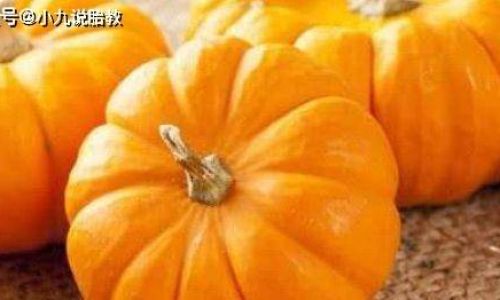
- Firm, Unblemished Rinds: Avoid pumpkins with cracks, mold, or sunken areas.
- Intact Stems: A dry, cork-like stem (not green or brittle) indicates proper maturity.
- Uniform Color: Green patches suggest uneven ripening, shortening storage life.
Storage Methods: From Basements to Freezers
Whole Pumpkin Storage
- Cool, Dark Locations: Basements, garages, or root cellars are ideal. Elevate pumpkins on wooden pallets or cardboard to prevent contact with damp floors.
- Single-Layer Placement: Avoid stacking, as pressure points accelerate decay.
- Curing Process: For homegrown pumpkins, cure them in sunlight for 7–10 days post-harvest. This hardens the rind and heals minor wounds.
Refrigeration (For Cut Pumpkins)
- Preparation: Remove seeds and pulp, then brush cut edges with lemon juice or a food-safe wax (like beeswax) to seal moisture.
- Packaging: Store in airtight containers or wrapped in plastic to prevent odor absorption. Use within 5–7 days.
Freezing
- Puree: Roast pumpkin flesh, blend into a puree, and freeze in portions for up to 6 months.
- Cubes: Peel, cube, and blanch in boiling water for 2 minutes before freezing.
Handling Cut Pumpkins: Delays and Dangers
Once sliced, pumpkins lose their protective rind, making them susceptible to bacteria and mold. To maximize freshness:
- Sanitize Tools: Use clean knives and cutting boards to avoid introducing pathogens.
- Remove Excess Moisture: Pat dry cut surfaces with paper towels.
- Avoid Cross-Contamination: Store separately from raw meats or strong-smelling foods.
Common Pitfalls to Avoid
- Storing in Damp Areas: Moisture promotes rot—ensure storage spaces are dry and well-ventilated.
- Ignoring Ethylene Exposure: Keep pumpkins away from ethylene-producing fruits like apples and avocados.
- Using Damaged Specimens: Even minor bruises can lead to rapid spoilage.
Creative Solutions for Aging Pumpkins
Even with meticulous care, pumpkins will eventually show signs of aging. Before discarding them, consider:

- Roasted Seeds: Scoop out seeds, rinse, and roast with olive oil and salt for a crunchy snack.
- Pumpkin Stock: Simmer aging flesh with onions, carrots, and herbs to create a flavorful broth.
- Composting: Chop inedible portions into small pieces to accelerate decomposition.
The Role of Technology in Preservation
Modern innovations offer advanced storage solutions:
- Vacuum Sealing: Removes oxygen, slowing bacterial growth.
- Controlled Atmosphere Chambers: Regulate oxygen, carbon dioxide, and humidity levels for commercial-grade preservation.
- Edible Coatings: Natural waxes or chitosan-based sprays extend shelf life by reducing moisture loss.
Cultural Practices: Lessons from the Past
Indigenous communities have long practiced traditional preservation methods:
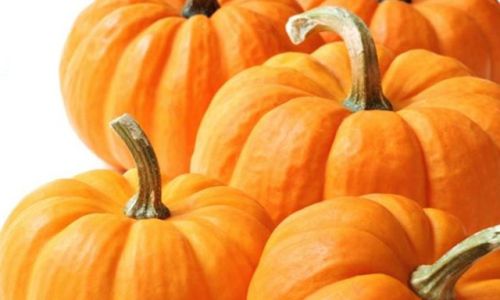
- Drying: Slicing pumpkin into strips and sun-drying for later use in stews or desserts.
- Fermentation: Burial in pits with straw to create lacto-fermented preserves.
- Root Cellars: Utilizing underground pits to maintain stable temperatures and humidity.
Conclusion: Savoring Autumn’s Bounty Year-Round
Preserving pumpkins is both a science and an art. By understanding their biological needs, selecting wisely, and employing time-tested storage techniques, you can extend their lifespan from weeks into months. Whether you’re a home cook, a gardener, or a seasonal decorator, these strategies ensure that the warmth and flavor of autumn linger long after the leaves fall. So this year, as you carve your jack-o’-lantern or roast your first batch of seeds, remember: with a little care, the gourd’s golden glow need never fade.
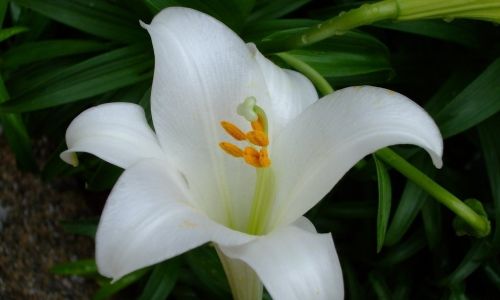

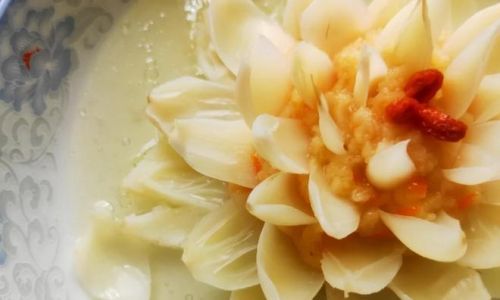
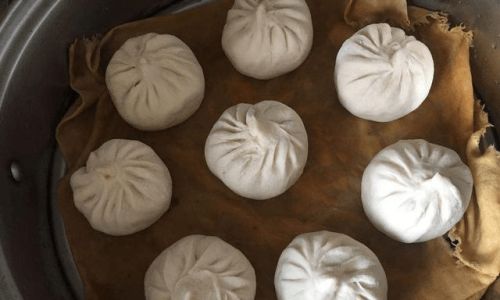
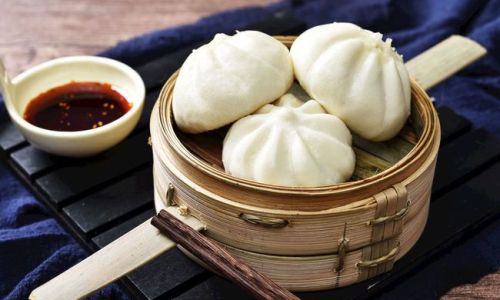
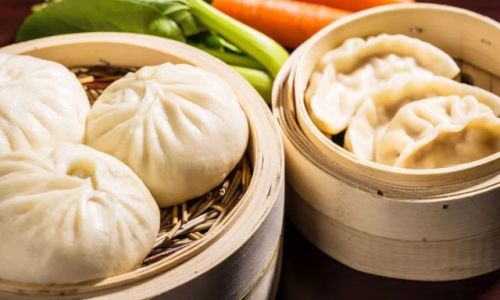
0 comments